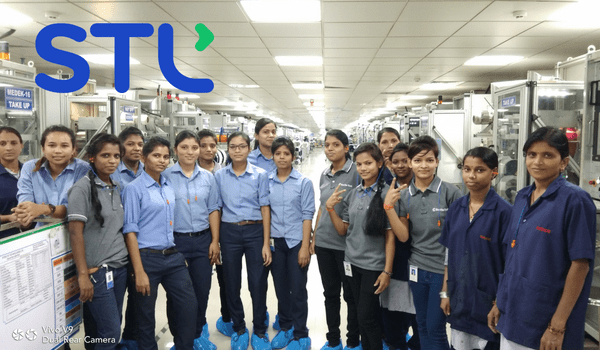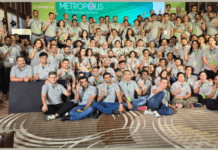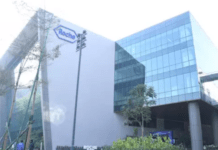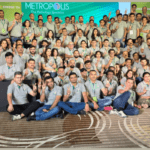After a journey of four years, Sterlite Technologies (STL), a global integrator of digital networks has made some remarkable progress in diversifying its workforce, with an aim to achieve equal representation of men and women, even at the plants.
It is common for assembly lines at manufacturing sites to be largely dominated by men. The situation wasn’t any different at Sterlite Technologies, which has manufacturing facilities across India involved in producing optical fibre cables and solutions. However, things are changing, and surely for the better now, with STL making conscious efforts to increase the representation of women in its plants.
An all-women assembly line at its STL’s Aurangabad and Dadra plants is the highlight of these efforts. That is not all. At one of its plants, women make up 60 per cent of the workforce, while the rest are men.
Talking to HRKatha, Anjali Byce, CHRO, Sterlite Technologies, proudly mentions that STL currently has 250 to 300 women in plant roles alone. “At the plants, 21 per cent of the workforce comprises women and we aspire to take this number to 50 per cent in the future,” shares Byce.
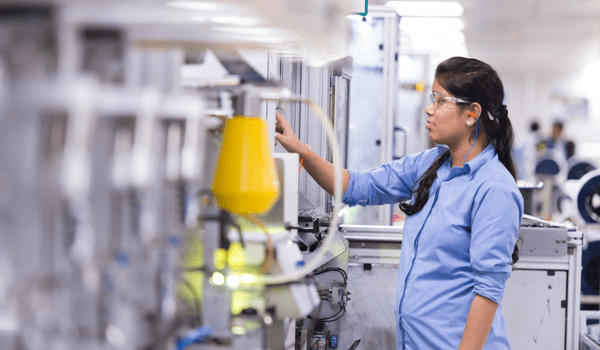
How did STL achieve this?
The first thing that the Company did was build a culture of inclusion, by sensitising its people and managers and creating a culture where differences are recognised and celebrated. “We first aimed at building a culture that respects differences,” reveals Byce.
Sensitisation of the workforce at the plants is a mission that the firm undertook with great seriousness. It was made mandatory for every STL employee to go through sensitisation training. Moreover, policies have been created to ensure an inclusive workplace, which includes the provision of crèche facilities at the plants.
The Company has a six-month maternity-leave policy for women and all policies are gender agnostic. “We try to keep are policies aligned with our global standards and also give flexibility to make it as local as necessary,” asserts Byce.
Generally, it is very difficult to attract women to plant roles, but speaking from her own experience, Byce feels women are very much open to taking up roles in plants, provided “we give them an opportunity and a platform to succeed”.
She admits thought that the women’s talent pool in the manufacturing space is quite small and needs a targeted approach. Therefore, STL utilises every possible techique to attract women talent, either from colleges or via targeted platforms and services that reach out to women talent.
“We first aimed at building a culture that respects differences”
Anjali Byce, CHRO, Sterlite Technologies
Technology has also helped the Company in bringing about diversity in its workforce. For instance, STL uses an artificial intelligence-based resume/CV shortlisting tool, which selects resumes on the basis of skills and pure competencies required for the role. This leaves no scope for bias of any kind by recruiters.
In fact, Byce proudly mentions that on an average, every year, about 40 per cent of its campus hiring includes women talent.
Byce proudly claims that women are found in every role across the plants, including quality assurance, safety, plant associate, maintenance and processing.
Equal growth opportunities is yet another factor that makes the environment at STL conducive to women. “We ensure a fair opportunity and accelerated career growth progression for women at STL,” Byce states, adding that there are many leadership roles at the STL plants, which are held and led by women.
Another plan as part of the diversity, equity & inclusion (DE&I) strategy of the Company is inclusion of people with disabilities or PwDs. Byce reveals to HRKatha exclusively that in the coming days, STL is ready to welcome five people with disabilities, and that too at the plants!
This is like a pilot project for the firm, which will allow STL to analyse its capabilities to include PwDs at the plants. With this big change, Byce admits that some major infrastructural changes had to be made at the plant. For one, all managers were trained in sign. Tight carpets and ramps have been ensured for smooth operation of wheelchairs. Card readers with adjustable height, as well as pictographic charts and maps have been arranged for instructions and visual-safety alarms.
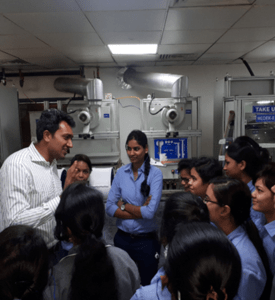
The hiring process of PwDs has also been different. A translator is always present during the interviews. “The only guideline for hiring managers and recruiters was to focus on capabilities and things that these people can do, rather than what they cannot do. It is just that there are things which these people do differently than others,” enunciates Byce.
Going forward, STL plans to have different forms of diversity and also wishes to focus on inclusion of members from the LGBTQ or lesbian, gay, bisexual, and transgender community in the workforce.
Value our content... contribute towards our growth. Even a small contribution a month would be of great help for us.
Since eight years, we have been serving the industry through daily news and stories. Our content is free for all and we plan to keep it that way.
Support HRKatha. Pay Here (All it takes is a minute)





